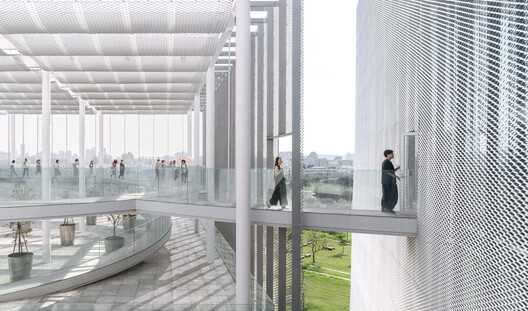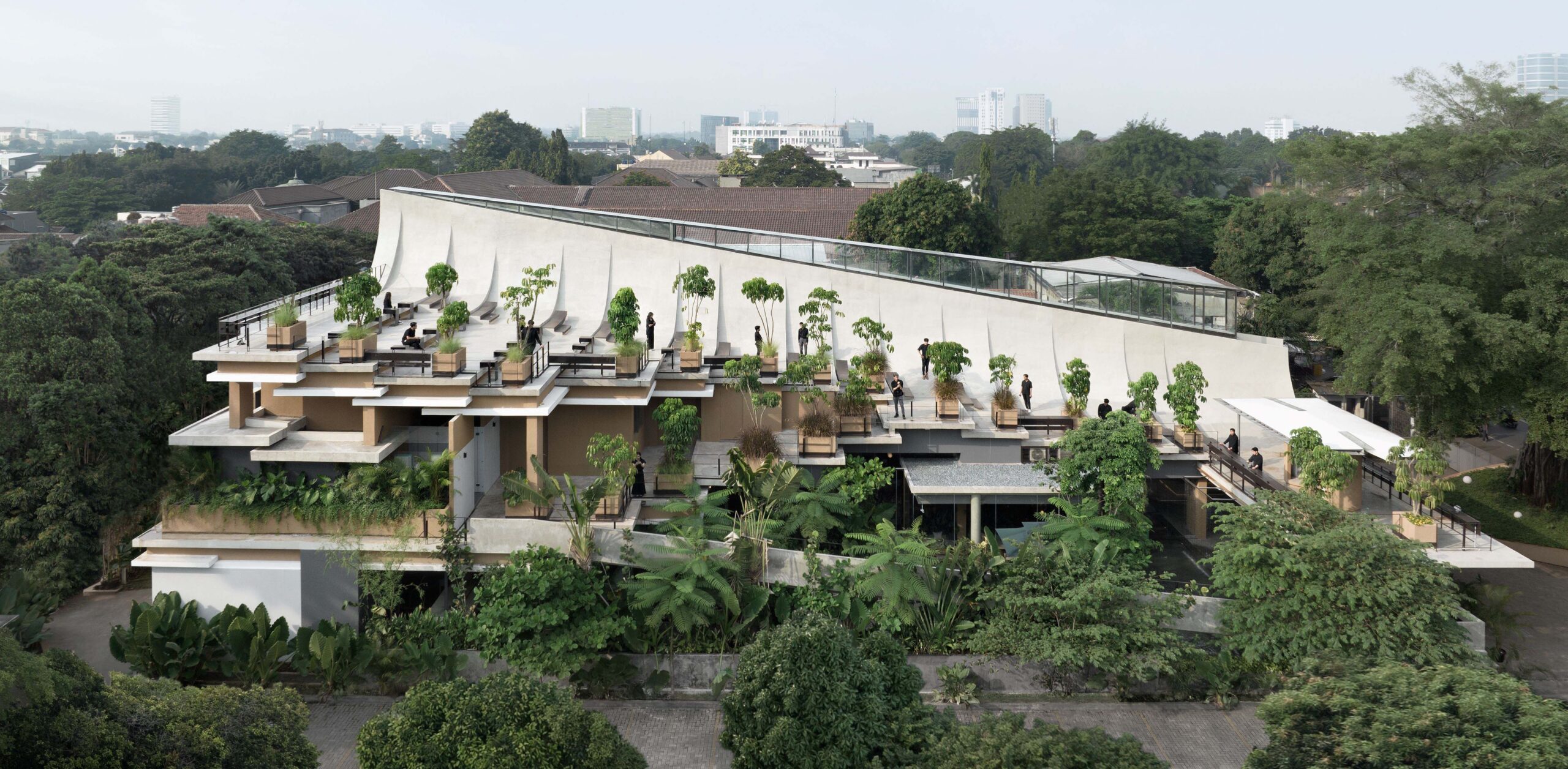Building Cities for Children: Streets That Slow Down, Play, and Teach

 © Gwangju Biennale Foundation
© Gwangju Biennale Foundation
Historically, the concept of childhood as we know it today simply didn't exist and, until the Middle Ages, children were viewed as miniature adults. According to historian Philippe Ariès, it was only from the 17th century onward that childhood began to be understood as a distinct stage of development, requiring specific care, education, and protection. However, this evolving recognition has not been consistently reflected in the design and organization of urban space.





















































